Are plug-in hybrids better suited than EVs?
Thick and fast – a term used twice in our May magazine issue to describe the onslaught of incoming EVs. But perhaps it would be better if we could say the same for hybrids instead!

Thick and fast – a term used twice in our May magazine issue to describe the onslaught of incoming EVs. But perhaps it would be better if we could say the same for hybrids instead!
Sure, there are two new hybrids on the cover of this issue – the Lexus and the Honda – but, if you ask me, we could do with a lot more. After all, they offer the best of both worlds. Plug-in hybrids, especially, offer a very usable all-electric range – eliminating tailpipe emissions in the city – without the issue of range anxiety on a long road trip.
The downsides are complexity and, therefore, cost – since hybrids blend two propulsion systems into seamless forward momentum. A hybrid must contend with a battery pack and electric motors, as well as a traditional internal combustion engine. And, of course, the engineers are required to create a perfect union between the two.
In this month’s cover story, we’ve pitted the different fuel sources against each other in an attempt to find out which perform the best in real-world conditions. We’ve also pointed out how many grams of CO2 are emitted per kilometre in each case – which, of course, in the case of the EV is zero – as well as the rough cost per kilometre. But what we haven’t considered is the additional emissions generated during the EV production process. Volvo estimates that the production of the EV version of the XC40 generates 70% more greenhouse gas emissions than the production of an ICE version of the same model. It would be interesting to see what the impact of producing a hybrid would be – somewhere in between I would imagine.
What’s holding hybrids back then? Well, in India specifically, it’s the fact that EVs get the benefit of a GST concession that doesn’t exist for hybrids – even plug-in hybrids. If you take incentives out of the equation, the ‘Tesla effect’ is strong with EVs – i.e., Tesla has not only made EVs cool but also created the perception that electricity is the undisputed fuel of the future. And, of course, that’s to say nothing of how the ‘Dieselgate’ scandal maligned (perhaps unfairly) diesel as a fuel. If you go through the cover story, you’ll see that the diesel BMW X3 generates fewer grams of CO2 per kilometre than the petrol-powered Audi. A secret that’s too politically incorrect to even whisper is the fact that new-age diesels are surprisingly clean.
Eventually, it’s for the market to decide what’s best. But what the government could do, to ensure that hybrid technology stands a chance on merit, is set a minimum all-electric range for a hybrid to get the benefit of the 5% GST rate – then let buyers decide what’s best for them, and the environment.
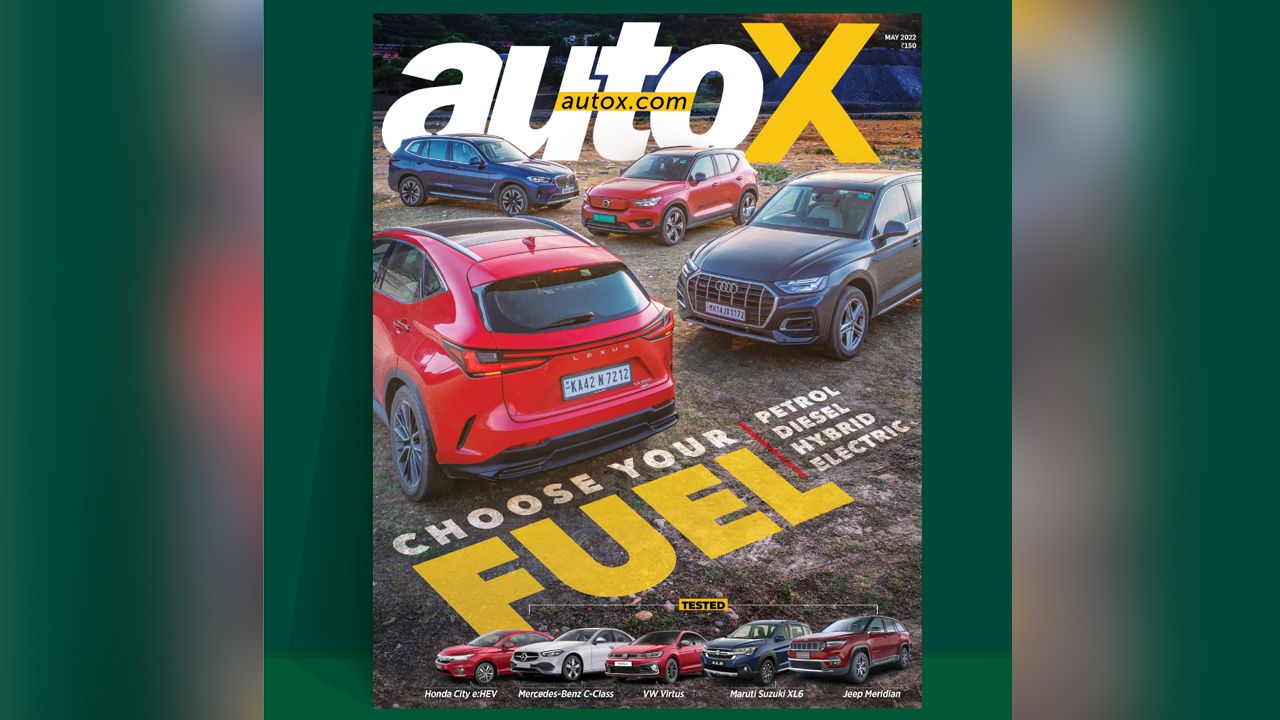
Download our May 2022 issue here --> https://www.autox.com/emagazine/
Read more:
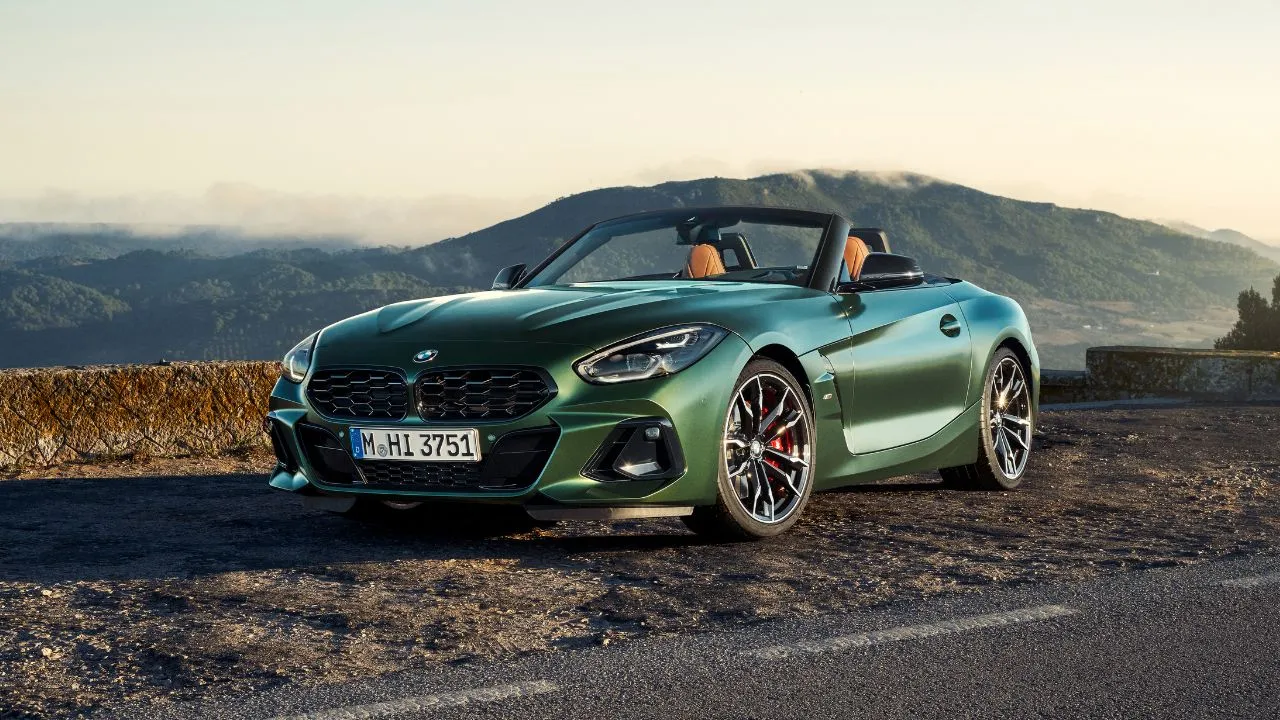

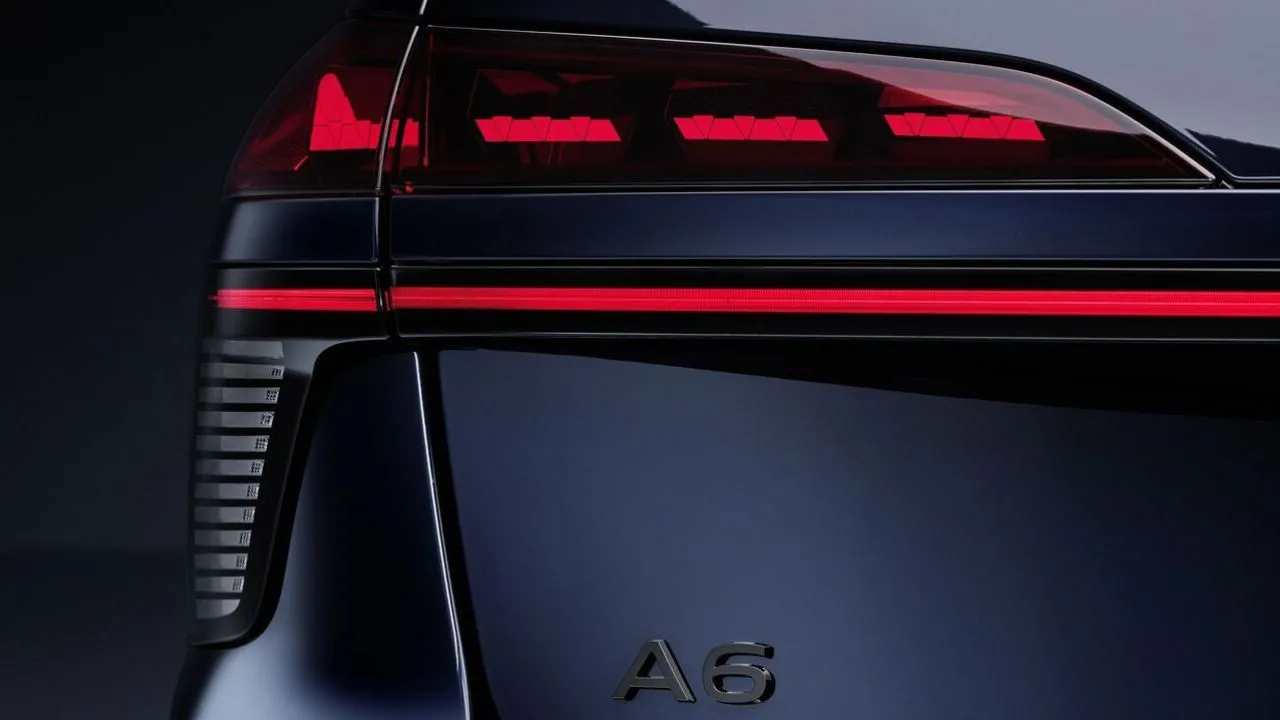
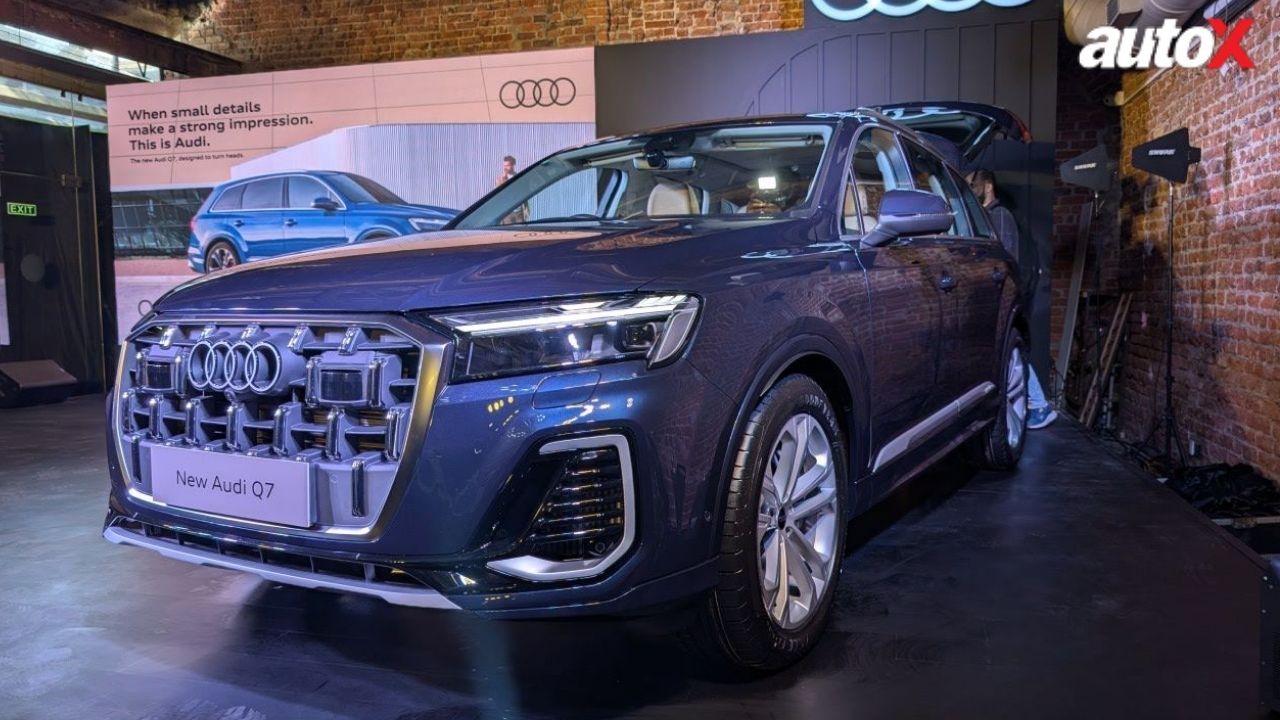
.webp)



-(1).webp)
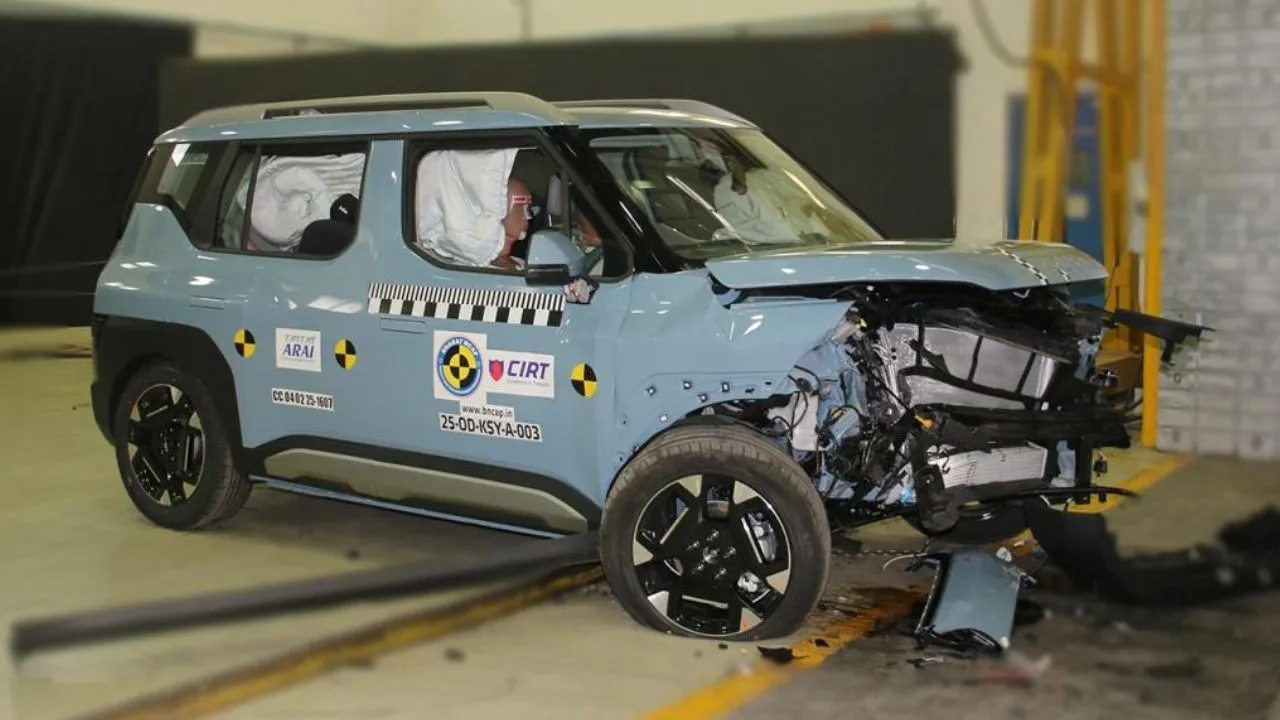
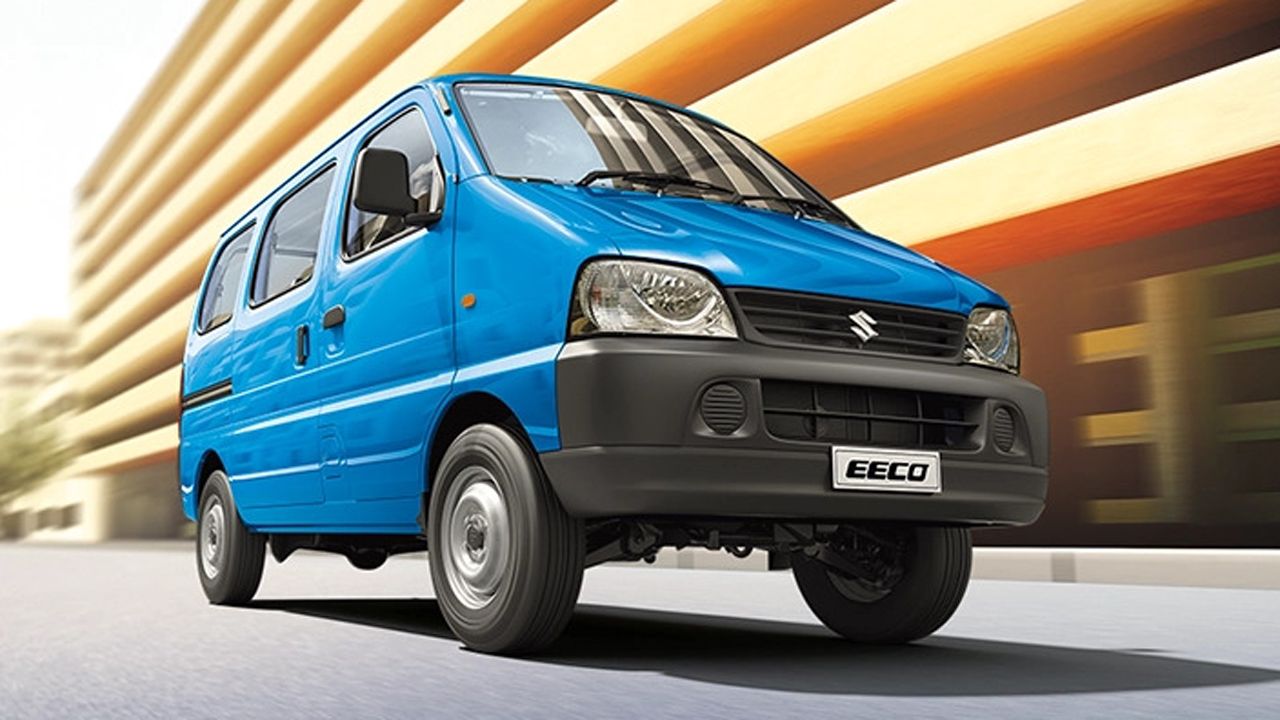














Write your Comment on